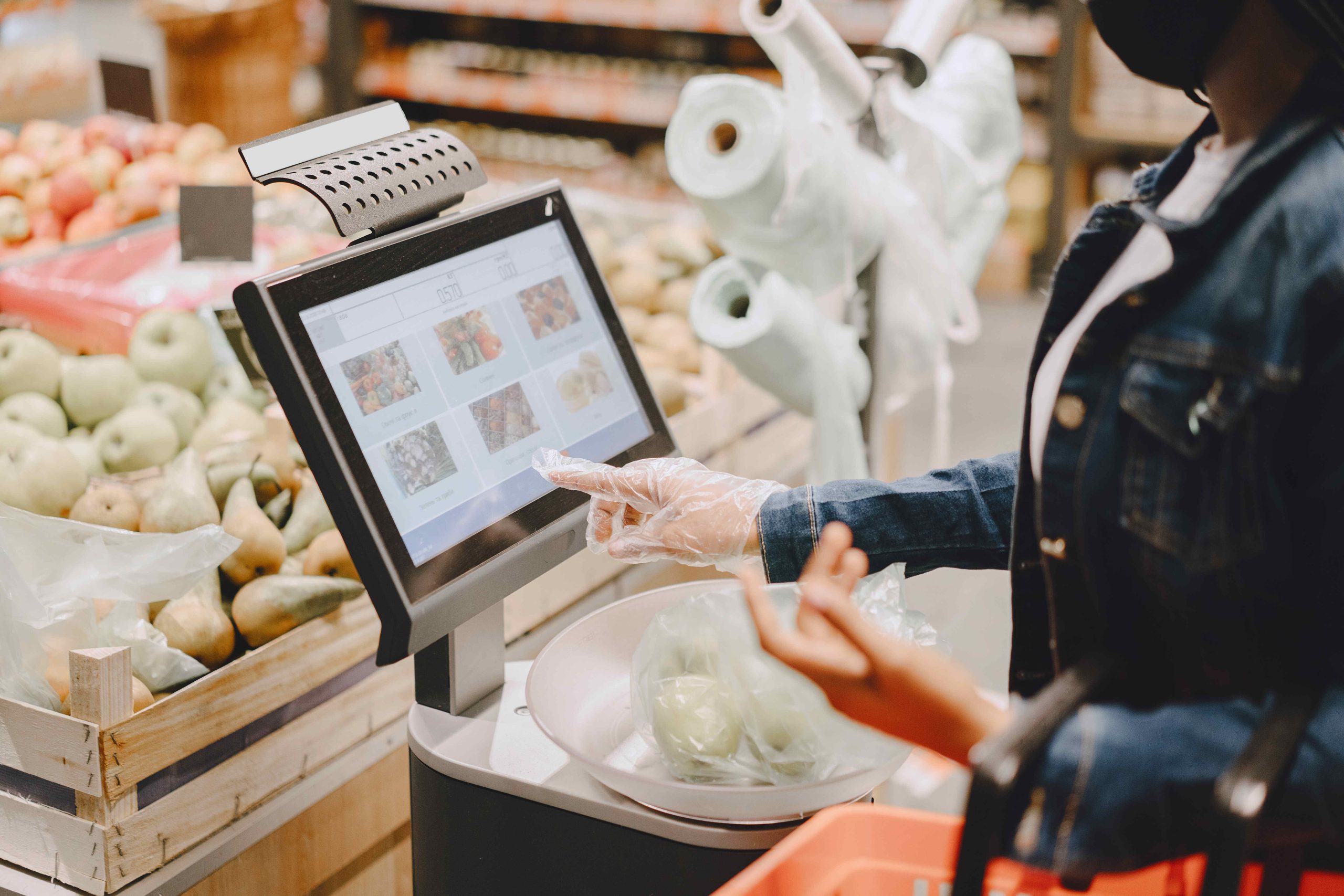In the United States, the subscription economy is booming, and it’s no longer limited to just streaming platforms like Netflix and Spotify. From fashion to food and even wellness, Americans are subscribing to convenience, variety, and curated experiences. As consumer behaviors shift toward personalization and time-saving solutions, businesses are finding new ways to offer value through subscription models.
Beyond Binge-Watching: A New Era of Subscriptions
While streaming services were the pioneers of the modern subscription boom, the model has now evolved into virtually every industry. Consumers can now rent clothes, receive curated meal kits, try new skincare routines, and even subscribe to monthly book boxes. According to market research, U.S. subscription e-commerce sales reached over $38 billion in 2023, and the trend continues to grow.
Fashion on Rotation: Clothing and Accessory Rentals
Services like Rent the Runway, Nuuly, and Le Tote have tapped into the desire for fashion without the commitment. These companies allow subscribers to borrow high-end or trendy clothing each month, offering a sustainable and cost-effective alternative to fast fashion. For many, it’s about accessing variety without adding clutter to their closets.
With sustainability top of mind for younger consumers, renting clothing is also seen as a way to reduce waste and overconsumption. It’s a win-win: staying stylish while keeping your environmental footprint in check.
Food and Beverage Subscriptions
From Blue Apron and HelloFresh to niche options like wine clubs and gourmet snack boxes, food-related subscriptions have become kitchen staples for busy Americans. These services deliver fresh ingredients or ready-to-eat items right to your doorstep, saving time on meal planning and grocery shopping.
Consumers also use food boxes to discover new cuisines, support small businesses, or stick to dietary goals. Coffee lovers can even subscribe to specialty roasters who deliver beans from different regions every month. The rise of food-focused subscriptions reflects a desire for convenience paired with culinary adventure.
Wellness and Self-Care
The wellness industry has fully embraced the subscription model. Monthly deliveries of vitamins, fitness gear, aromatherapy products, and skincare treatments are gaining traction, especially among Millennials and Gen Z. Companies like FabFitFun and Kinder Beauty box combine value with discovery, giving users the chance to sample new products without full-size commitments.
Health-conscious consumers are also opting into supplement subscriptions that are customized based on their DNA or health goals. These services eliminate the need to research and shop for individual products, creating a more tailored self-care experience.
Books, Hobbies, and Personal Interests
Niche subscription boxes for books, crafting, gardening, and pet supplies are thriving. Services like Book of the Month, KiwiCo (STEM kits for kids), and BarkBox cater to specific passions and age groups. These boxes offer more than just products—they create experiences and foster community around shared interests.
In an era where digital life often dominates, these physical packages are tangible reminders of personal time and joy. They’re not just convenient; they’re moments to look forward to.
Why Are Subscriptions So Popular?
- Convenience: Time-strapped Americans love the ease of automatic deliveries.
- Personalization: Many services use quizzes and preferences to tailor each delivery.
- Discovery: Subscriptions introduce users to new brands, trends, and experiences.
- Cost-Efficiency: Bundling products monthly often saves money compared to buying individually.
- Sustainability: Some models, like rentals and refillable products, reduce waste.
Challenges and Considerations
While appealing, subscriptions aren’t without downsides. Consumers may forget to cancel unused services, leading to unnecessary expenses. There’s also the risk of product fatigue if items pile up unused. For businesses, retention is a challenge—customers often cancel once promotional periods end.
Transparency, flexibility, and customer engagement are key to long-term success. Offering pause options, easy cancellations, and high-quality curation can help services build lasting relationships with subscribers.
Conclusion
Subscription services in the U.S. have evolved far beyond streaming, becoming embedded in how Americans dress, eat, relax, and take care of themselves. With their mix of convenience, personalization, and curated experience, they show no sign of slowing down. As the subscription economy continues to diversify, it’s reshaping how consumers discover and engage with brands across all aspects of life.
















Leave a Reply